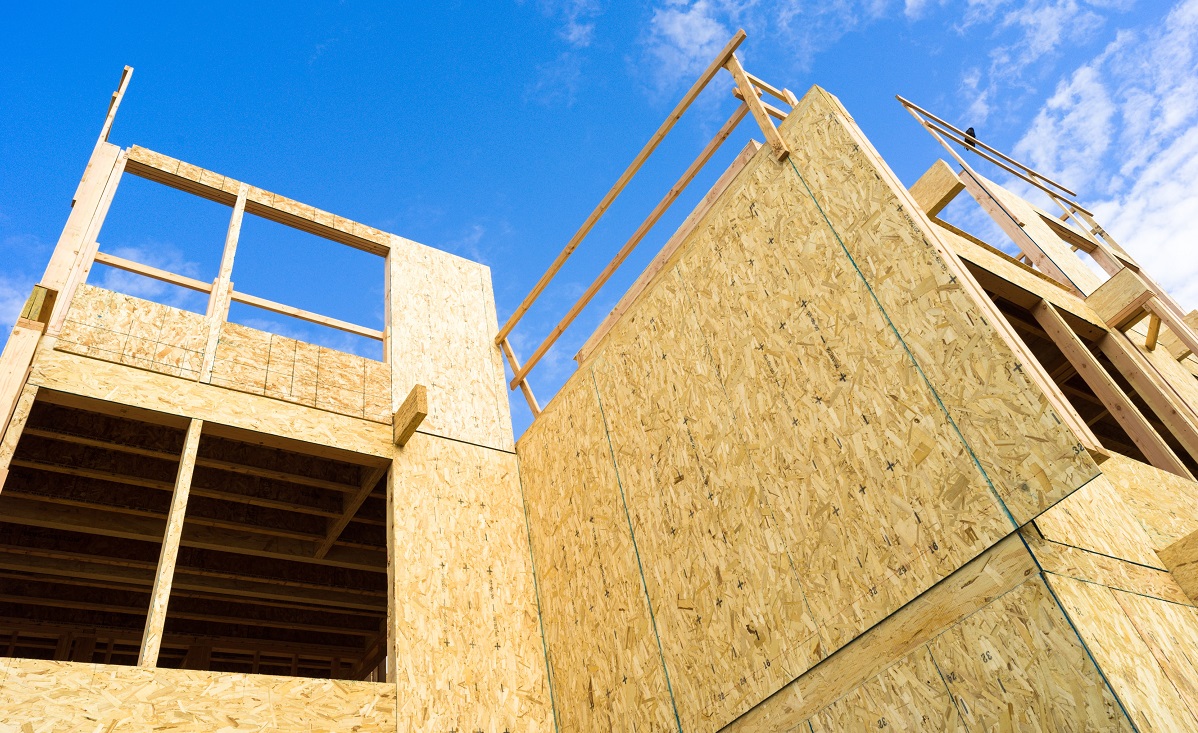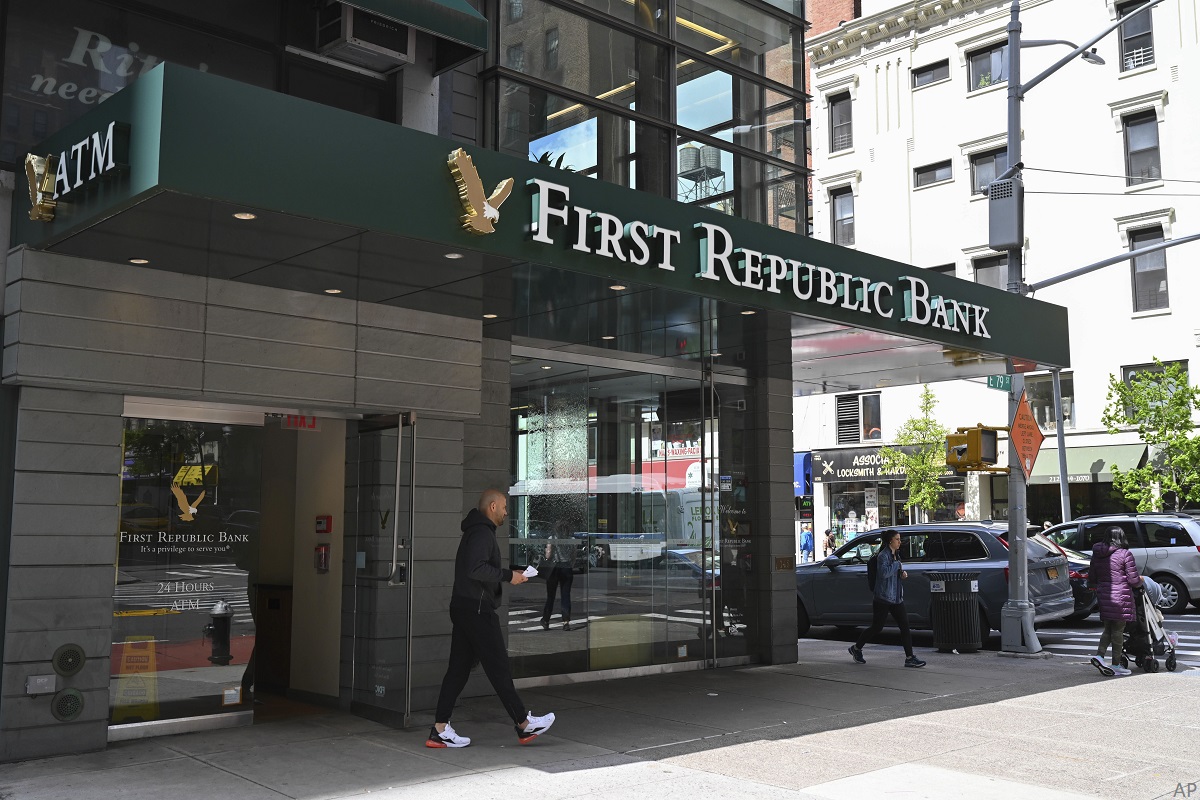
After a long stretch of weakness, the U.S. residential real estate market is finally showing signs of recovery.
The housing market recently broke a spell of seven consecutive months of price decline. This coincides with a steady uptick in U.S. single-family housing starts and increased permits for future construction.
As signs of bottoming of the housing cycle grow, including Mortgage rates retreating from last year's highs, there is an expectation that the U.S. real estate market may be about to turn a corner.
This bodes well for businesses that are tapped into the real estate market. The following companies are well-positioned to benefit as the U.S. housing market springs to life. A pickup in homebuilding activity spurs demand for their goods and services, boosting their revenue and profitability.
Canfor (CFP) is one of the largest softwood lumber producers in the world, producing over 6 billion board feet in western Canada, southeastern United States, and Sweden. Canfor operates two business segments: lumber and pulp and paper.
“Homebuilding and remodeling are the main uses of softwood lumber in North America, although Canfor does sell significant volume in Europe and Asia, with both making up roughly 30% of sales in recent years,” says a Morningstar equity report.
Canfor and other companies like it don't have control over the prices they sell their products for, so their profits fluctuate depending on how well the housing market and the economy are doing, says Morningstar equity analyst Spencer Liberman.
More recently, “Canfor has purchased lumber capacity in the southeastern U.S., amplifying its exposure to U.S. housing and diminishing its reliance on western Canadian mills, which have struggled with timber availability as a result of a reduction in the allowable annual cut in British Columbia,” points out Liberman, who recently lowered the stock’s fair value to $30 from $35, due to weaker near-term revenue growth and profitability forecast.
Canfor faces several macroeconomic risks that are largely out of its control. The highly cyclical nature of the lumber business in particular, accounting for approximately 85% of revenue, causes profitability to fluctuate depending on residential construction and repair and remodel activity.
A pure-play REIT, Rayonier (RYN) owns and manages over 2 million acres of timberland in the U.S. Apart from being one the largest private landowners in North America, it also owns timberland in New Zealand. Since Rayonier is structured as a real estate investment trust (REIT), it is not subject to federal income taxes on earnings generated by timber harvest activities.
The second largest timberland REIT in North America, “Rayonier distributes its REIT income to shareholders without having to pay corporate level incomes taxes,” says a Morningstar equity report.
The company generates cash flow through timber harvesting and the sale of land that it determines has higher value than if it remained in its portfolio.
“The firm generates most of its revenue from the sale of timber and does not produce wood or paper products,” says Liberman, who recently raised the stock’s fair value to US$38 from US$37, due to time value of money.
Rayonier operates its New Zealand business, its largest timber segment by revenue, as a joint venture, with the firm owning a 77% controlling interest in the subsidiary. “Rayonier’s New Zealand operations reduce the firm’s reliance on North American construction as much of its production is exported to China, South Korea, and India,” notes Liberman, who forecasts modest growth and normalizing profitability for Rayonier over a 10-year horizon, with consolidated sales growing at a roughly 2.8% compound annual rate.
Canadian softwood lumber company, West Fraser Timber (WFG) produces wood panels and pulp products and owns lumber mills in British Columbia, Alberta, Europe, and the southeastern United States. After acquiring Norbord in 2021, West Fraser became one of the largest oriented strand board (OSB) producers in the world.
The lumber and wood products company recently reported their first quarter results which were impacted by low lumber prices. Even though lumber shipments remained steady, its “revenue declined 47% year over year as West Fraser's lumber and EWP (engineered wood products) businesses both saw steep declines,” says a Morningstar equity report.
New construction and remodeling are the main uses of softwood lumber and OSB products in North America, which makes up roughly 85% of sales. Therefore, the firm’s fortunes are closely tied to the health of the U.S. housing market and overall economic conditions.
West Fraser does not own the land it uses to harvest trees, but leases it from governments and private landowners with agreements that specify how many trees can be cut each year.
“While these contracts are long-term in nature, we do not think it warrants an economic moat as the firm is not able to exert pricing power from these contracts,” argues Liberman, who recently lowered the stock’s fair value to $125 from $139 per share, due to expectation of lower lumber prices through 2023.





















